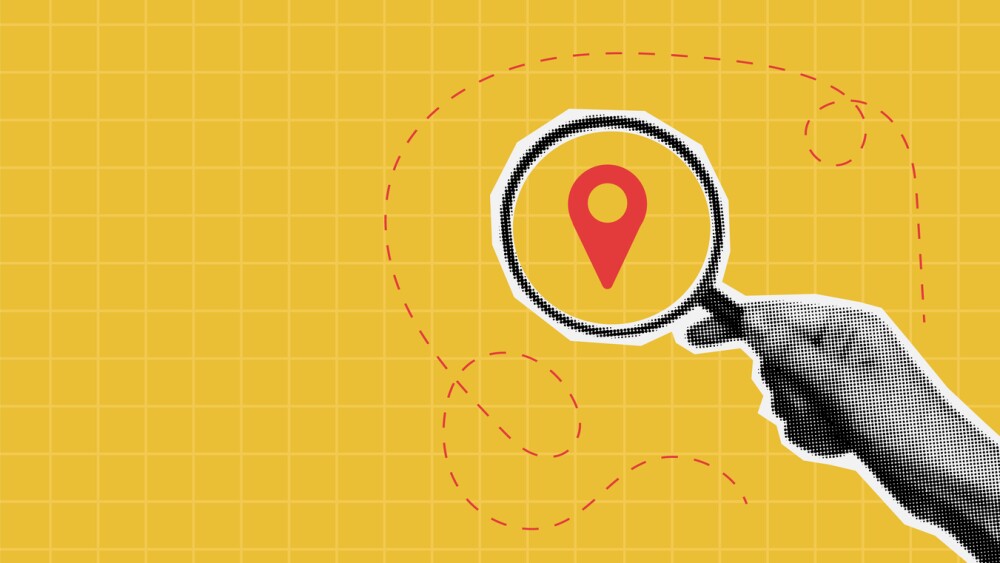 Hire Tough, Manage Easy
Hire Tough, Manage EasyBy Mel Kleiman
www.kleimanhr.com
When you make it a practice to hire tough, everything else gets easier. Hire tough managers know exactly who they're looking for and refuse to lower their standards. They cover all the bases – from A to Z – and create a win-win situation for employee and employer alike.
Attitude. Hire for attitude, train for skills. The No. 1 reason customers don't come back is because of an attitude of indifference on the part of an employee.
Body Language. During interviews, pay attention to the applicant's posture, facial expressions, eye, hand, and leg movements. If you focus only on taking notes, you'll miss more than 50% of what the applicant is communicating non-verbally.
Capacities. Define the mental and physical capacities needed to do the job. It's senseless to spend hiring time or money on someone who just can't do the job.
Decision Making. Most interviewers make a hire/no hire decision within 30 seconds of meeting an applicant. This kind of "seat-of-the-pants" decision making has been proven to be less reliable than flipping a coin. Weigh all the information, test results, interview results, and reference checks, before hiring or dismissing any candidate.
Employment Services. If you need to find employees right away, consider partnering with a staffing provider. Good providers maintain a database of pre-qualified candidates who have been tested for specific skill sets. In many cases, employment services guarantee their placements to minimize hiring risks and protect your hiring decision.
Former/Current Employees. A great source of employees are the good people who currently work for you, to get more people as good as they are, start an employee referral program. Former employees are also excellent sources. Touch bases with former workers who performed well. Even if they don't want to come back, maybe they can give you a referral or two.
Gut Feeling. If your gut feeling says, "Don't hire this person," then, don't. If it says "Hire this person," doubt it and get objective verification through testing and references.
Hire Tough. The most expensive person you'll ever hire is the one you have to fire. Hire tough systems are the best insurance against negligent hiring lawsuits, workers' comp claims, and management migraines.
Interview Tough. Prepare by reviewing all the information you've collected so far. Plan the questions you'll ask. Position the applicant to be relaxed and truthful.
Job. The most important job you have is hiring. If you put the right people in the right jobs, everything else gets easier. As Red Auerbach says: "If you hire the wrong people, for whatever reason, all the fancy management techniques in the world won't bail you out."
Knowledge. The more you know, the less you risk. There are only two sources of knowledge – the applicant and people who know the applicant. Check it all out thoroughly.
Listen. The most common mistake interviewers make is talking too much during the interview. How much can you learn while you're talking? Make sure the applicant is the one doing the talking at least 80% of the time.
Maintain Control. Stay in control of the interview by telling the applicant your agenda. Let them know they'll have an opportunity to ask questions after you've covered everything you want to do. Notes. Take notes to jog your memory when it's time to decide, but never on the application because it is a legal document that you need to keep on file whether the applicant is hired or not.
Open-Mindedness. Be aware of your personal biases and don't rule out anyone because of them. You're looking for the best person to do the job – not the person who is most like you.
Personality. Like people, jobs and companies have personalities. Try to get a good fit between the applicant, the manager, the job, and the company. While no applicant will match all three, people with good attitudes will manage their personalities (do things they don't really like to do) in order to get the job done.
Quality Assurance. Never lower your standards. Once you've identified the capacities (mental and physical), attitudes, personality traits, and skills necessary to do the job well, don't ever lower the bar. The No. 1 reason good people leave is because they don't want to deal with the "bad" people who were mistakenly hired.
Recruiting. Just like marketing, recruiting is an on-going activity. You have to be recruiting all the time. The very best time to recruit is when you don't need anyone.
Skills. If you have to hire for skills, make sure you get what you need by testing for them. Have the cook make a meal, the driver parallel park, and the cashier make change.
Upgrade. Every time you have to hire, it's an opportunity to improve the whole organization. Keep raising the bar.
Verify References. Always, always, always check references – even if you're hiring your neighbor's best friend. The only way to avoid negligent hiring lawsuits and bad hiring decisions is to verify the information the applicant gives you against every reference.
Who, What, Why, When and Where? You can't hit the target if you don't know what it looks like or where it is. Write a job analysis that answers these questions and you'll be able to hit that target every time.
X-out Unsuitable Applicants. Do a short phone screen before asking anyone to come in for testing or an interview. Limit your legal exposure and make sure they meet all your basic requirements (like capacities, skills, reliable transportation, availability, etc.) by phone. Testing. Every step in your hiring process should be viewed as a test and each test should get progressively more difficult.
Yield. Go slow. Don't make an offer before you have all the facts. Always remember that what you see in the interview is better than anything you'll ever see again. If you're afraid you'll lose the applicant to a competing employer, make an offer contingent on the outcome of the drug test, physical exam, background and/or reference checks.
Mel Kleiman CSP: Helping companies build a frontline that will help them build their bottomline. Visit www.the5firsts.com and www.humetrics.com.
Check out the latest Inside Recruiter eNewsletter - January 19, 2011.




